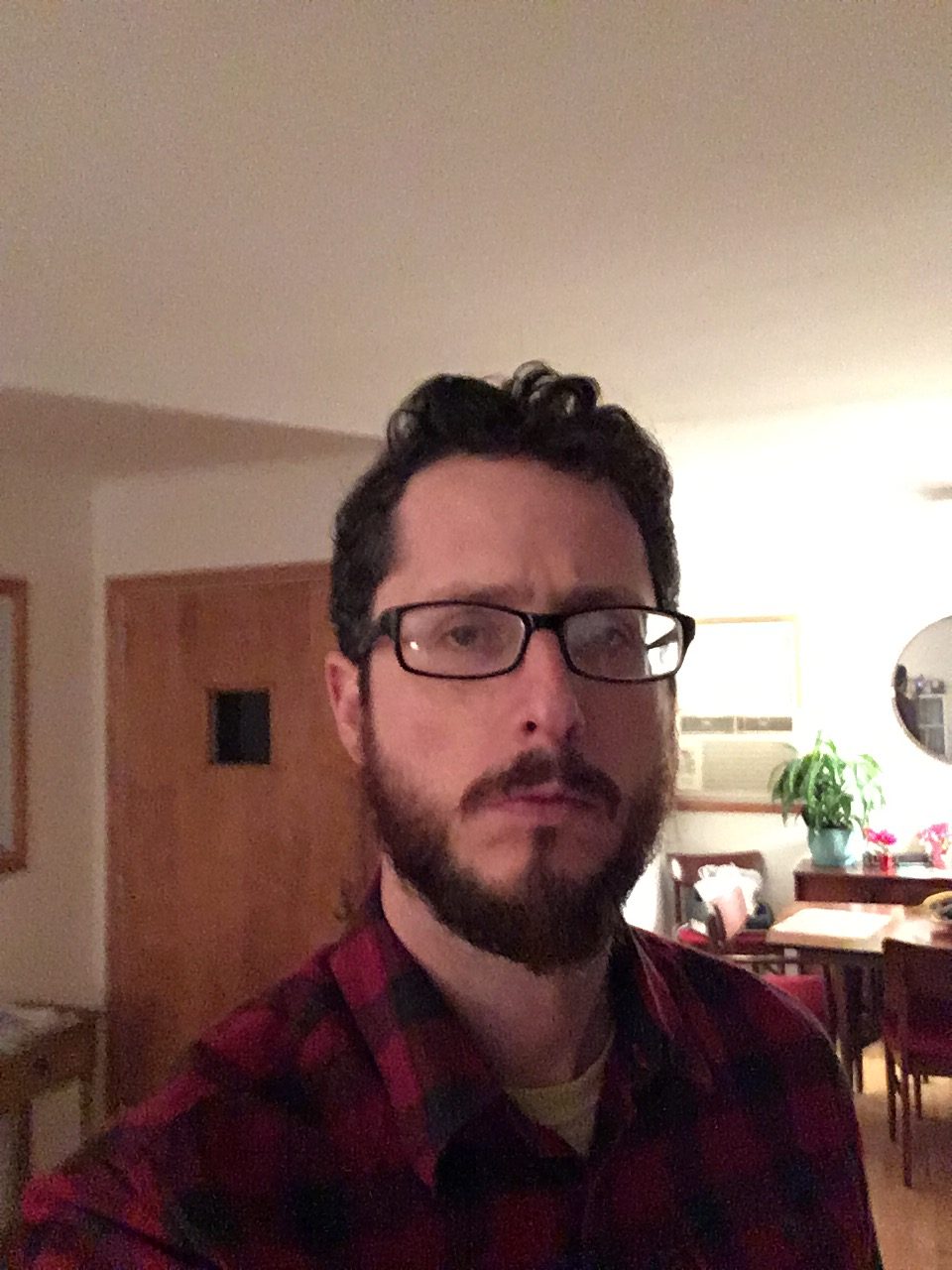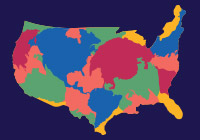Even before floodwater from Hurricane Harvey rose in southeast Texas, Ken Feinberg knew one thing: Nonprofit charities in devastated communities are often ill equipped to distribute the millions of dollars in donations that arrive from around the world to help victims.
Recognized as America’s “compensation czar,” Feinberg learned this counterintuitively during tragedies of many kinds. For the past 16 years, he has been special master, primary administrator or consultant to those overseeing funds established or adapted to help the families of victims of the 9/11 terrorist attacks on New York and Washington, D.C.; the Boston Marathon bombing; the Sandy Hook Elementary School shooting in Newtown, Connecticut; and the armed assaults on the Pulse night club in Orlando, Florida, inside the Century 16 movie theater in Aurora, Colorado, and at Virginia Tech University in Blacksburg, Virginia. He also consulted for California officials after the mass shooting at the Inland Regional Center for the developmentally disabled in San Bernardino.
“You don’t want to divert foundations from their ongoing, time-honored, well-received [fundraising] mission to think about the possibility that … you may have to deal with individual compensation,” he said, during a telephone interview from his Law Offices of Kenneth R. Feinberg, PC in Washington, D.C. “There are so few people equipped to respond financially to tragedy that you’re inevitably going to run into these challenges.”
From politics to emergency response
Feinberg is a dispute mediator. A native of Brockton, Massachusetts, he attended New York University law school and became an assistant U.S. attorney for the Southern District of New York. He worked five years as an aide to Sen. Edward M. Kennedy, D-Mass., including two years as Kennedy’s chief of staff. In 1980, he became a practicing attorney in Washington, D.C. He has been an adjunct professor at several law schools, including Columbia and Harvard. He has written two books, “What is Life Worth? The Unprecedented Effort to Compensate the Victims of 9/11” and “Who Gets What: Fair Compensation After Tragedy and Financial Upheaval.” Based upon his experience, Feinberg has developed a time-honored way to dispense compensation. In an unapologetic Boston-adjacent accent, softened by the sensitivity, introspection and precision necessary for his work, he said his practical understanding began in the 1980s with Agent Orange.
He settled a class action lawsuit brought by Vietnam veterans against the makers of the toxic herbicide, which caused cancer and birth defects, as well as neurological and psychological problems. At the time, he said, he had a workmanlike focus on “closing the file … and resolving the litigation” and did not fully grasp “the importance of empathy and compassion and sensitivity to the emotional needs of victims and their families.” His true sense of how to deal thoughtfully and practically with the business of compensating victims came after he served as special master of the September 11 Victim Compensation Fund. The enormity of that task is shown by the fact that today, 16 years after 9/11, the fund is still apportioning money from the $7.3 billion in donations it collected.
What happened after the mass shooting at Sandy Hook Elementary School, Feinberg said, showed him that difficulties encountered by existing nonprofits were caused not by flawed intentions but by “the incompatibility of the mission of those nonprofits with distributing individual checks” to families. Twenty children were killed along with six members of the school staff. United Way of Western Connecticut, based in Danbury, and the Newtown Savings Bank created the Sandy Hook School Support Fund to safeguard and apportion roughly $12 million in voluntary contributions. Conflicted between its mandate to serve the entire community of Newtown and prioritizing the victims, the United Way of Western Connecticut decided to transfer the money and cede decision-making authority to the newly created, independent nonprofit Newtown-Sandy Hook Community Foundation Inc. The decision was then made to allocate $7.7 million of the Sandy Hook School Fund donations to survivors and loved ones of those killed and to set aside $4.4 million for community grants and other initiatives, such as mental health programs for those present during and immediately after the shooting.
The distribution was met with angry criticism, what Feinberg characterized as an “emotional disagreement” between the fund’s guardians and some members of the community. Because of his experience with 9/11, he was brought in at the families’ request to help advise on best distribution practices for the $7.7 million, while a separate committee made up of local residents solicited public input to determine best uses for the remainder.
The United Way of Western Connecticut, Feinberg said, should never have been put in the position of managing such a volatile matter.
Ultimately some 80 groups collected nearly $30 million in bequests, and approximately $9.5 million has been distributed via the Sandy Hook School Fund as of Aug. 31 of this year.
The sad litany of disaster
By 2012, when a dozen people were shot to death and 70 others were injured during a Batman movie in Aurora, Feinberg had come up with his method of distributing compensation. He sought information from government and community leaders and from residents at town hall meetings. Then, alongside his claims administrator, Camille S. Biros, he applied an almost clinical formula for payments per victim.
In Aurora, this meant awarding $220,000 to relatives of each of the 12 people killed and to survivors suffering permanent brain damage or physical paralysis. Additional claimants received from $35,000 to $160,000 per person, depending upon length of hospitalization. The money came from the Aurora Victim Relief Fund, created by the Community First Foundation, a local nonprofit. The distribution was imperfect, but it was based upon a useful calculus for tax-exempt organizations managing donations after singular incidents, with oversight by an attorney.
By using an established formula, Feinberg said, “the community foundation breathes a sigh of relief and says, ‘We were glad to hold the money, but we were glad to transfer the money to people who know.’ And that’s the end of it. That’s one way you solve the problem.”
It will be difficult for those who administer public donations for the huge number of victims of Hurricane Harvey or Irma or other tragedies, including the American Red Cross and the United Way of Greater Houston. They have learned lessons from how haphazardly assistance was delivered to Louisianans following Hurricane Katrina in 2005. But they would do as well to learn from cities and towns that have suffered mass shootings and instances of foreign and domestic terror and have used Feinberg’s method to dispense donations to victims and their loved ones in appropriate ways.
One size does not fit all, Feinberg said. Devising a successful method of distributing money is not “like a sea change. Aurora’s just one example in a list of examples. Some work. Some work eventually. Some don’t work, and there you are. You could have a community foundation accept the challenge and [then] get the money over to somebody to distribute. You could have the community foundation grudging surrender the [challenge and the] money as inconsistent with its mission.” Or, he said, you could have a government official step up temporarily.
He pointed to Boston in 2013, where two bombs near the finish line of the Boston Marathon killed three people and wounded more than 260 others. The One Fund raised and quickly distributed $61 million to the victims and their families. “[Then-mayor Thomas] Menino said, ‘I’m holding the money, with a separate foundation set up for this purpose only.’ As soon as the tragedy is over, people move on. I live it, but donors, they send in the money, and they assume it’s going to the victims.
“[You’re] left with, ‘We’ve learned from this experience. Let’s see what happens next time.’”
A national compassion fund, Feinberg said, could take some of the real time pressure off strained community foundations with no experience in containing the repercussions of a crisis that moves the country. But creating such a fund, he said, is not likely to happen. “Donors are very emotional. It takes a national tragedy to deliver money, and the idea that you’ll set up a program in advance, funded and ready, [would] never happen.”
Nor does he think a one-size-fits-all approach to training for local nonprofits, such as regional chapters of United Way, is realistic. “That’s just not feasible, it’s not practical, and it won’t work.”
For all their diversity, he said, local nonprofits, with help from someone with experience, are the best front-line organizations to gather, protect and distribute donations. “The key to success, every bit as important as efficiency and speed, is emotional understanding of the plight of the victims.”
No one has better understanding of such a plight than those who are compassionate about their own.























